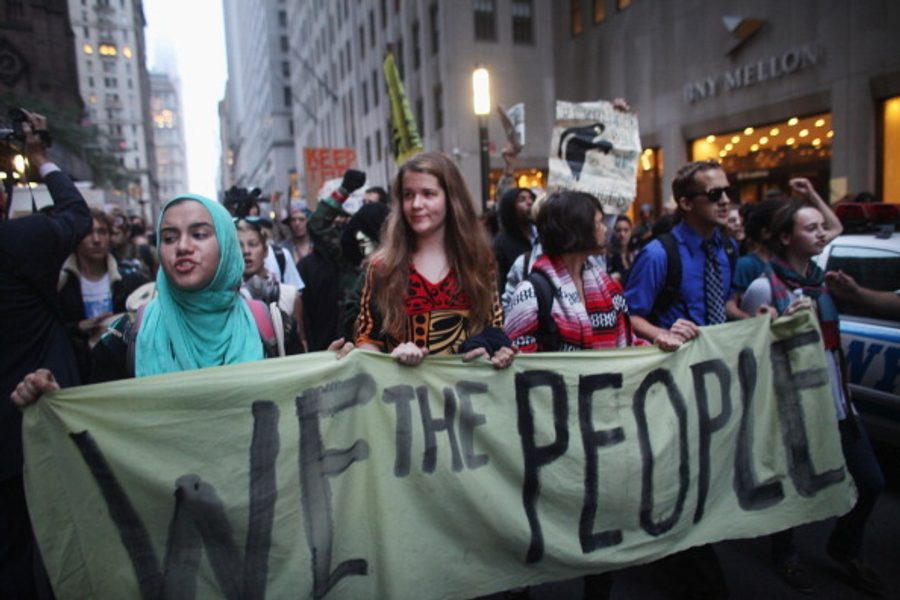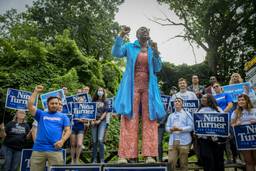The Institutions of the Left Did Little
How Occupy survived despite a lack of union support.
Cole Stangler

For In These Times’ December 2013 cover feature, “Generation Hopeless?”, the magazine asked a number of politically savvy people, younger and older, to respond to an essay by 22-year-old Occupy activist Matthew Richards in which he grapples with what the movement meant and whether Occupy’s unfulfilled promises are a lost cause or the seeds of the different world whose promise he glimpsed two years ago. Here is Cole Stangler’s response:
Last April for In These Times, I wrote that the Occupy movement marked the maturation of the Obama generation — a collective realization that our generation’s problems have far more to do with a rotten political and economic system than they do with the individual in office or the party in power.
Occupy wasn’t just what Slavoj Zizek warned of—a kind of 21st century Human Be-In that we now get to reminisce about over beers and joints. While the revolt was short-lived and limited, we gained the sense of participating in a mass-movement expressing a basic level of class solidarity absent from American political life for generations — the kind of thing you can only learn if you’re there in the streets. And as OWS veterans continue their lives beyond the movement, many of us card-carrying members of the precariat, we retain the common experience of struggling together, fueled by the conviction that, organized together, we represent the interests of the majority of this country.
The movement itself was, of course, deeply flawed. And its fizzling out had as much to do with its own structural inadequacies as it did the deficiencies of the American political landscape.
Police repression should not be easily dismissed—reports have revealed that city police departments colluded with the Department of Homeland Security to monitor and shut down protests, and one can only shudder at the levels of surveillance we have yet to learn of. But successful movements have dealt with worse.
The encampments were plagued by some common tactical and organizational weaknesses: it made little sense for different occupations not to issue their own city-specific demands. The obsession with consensus meant that general assemblies quickly became unworkable, and the constant confrontations with law enforcement eventually came to be counterproductive. It’s not a question about being or less more radical — these are strategic flaws we have to refine.
The institutions of the Left did little to sustain the movement. Activists’ fears of co-optation by figures like Van Jones or groups like SEIU ultimately masked the timidity of those very organizations to take risks by aligning themselves with the cause. Occupy’s peak display of power, the November 2 “general strike” in Oakland, was only possible thanks to backing from organized labor — and had unions chosen to devote more resources, it would’ve been even more successful. To be sure, this would’ve have included some significant risks. But one can only wonder what more the labor movement will have left to lose in the coming decades.
With Occupy, many of us shed our illusions — no small step. But the task of building power awaits. And as we look around, we still have far too few allies.

I hope you found this article important. Before you leave, I want to ask you to consider supporting our work with a donation. In These Times needs readers like you to help sustain our mission. We don’t depend on—or want—corporate advertising or deep-pocketed billionaires to fund our journalism. We’re supported by you, the reader, so we can focus on covering the issues that matter most to the progressive movement without fear or compromise.
Our work isn’t hidden behind a paywall because of people like you who support our journalism. We want to keep it that way. If you value the work we do and the movements we cover, please consider donating to In These Times.








